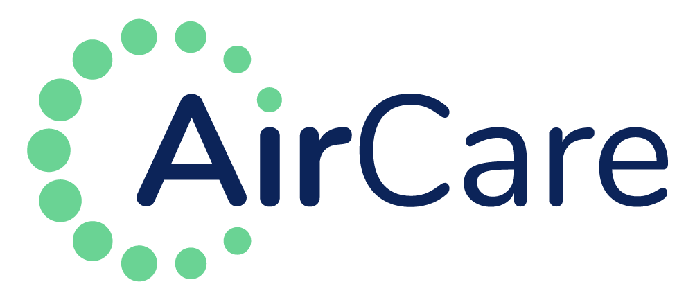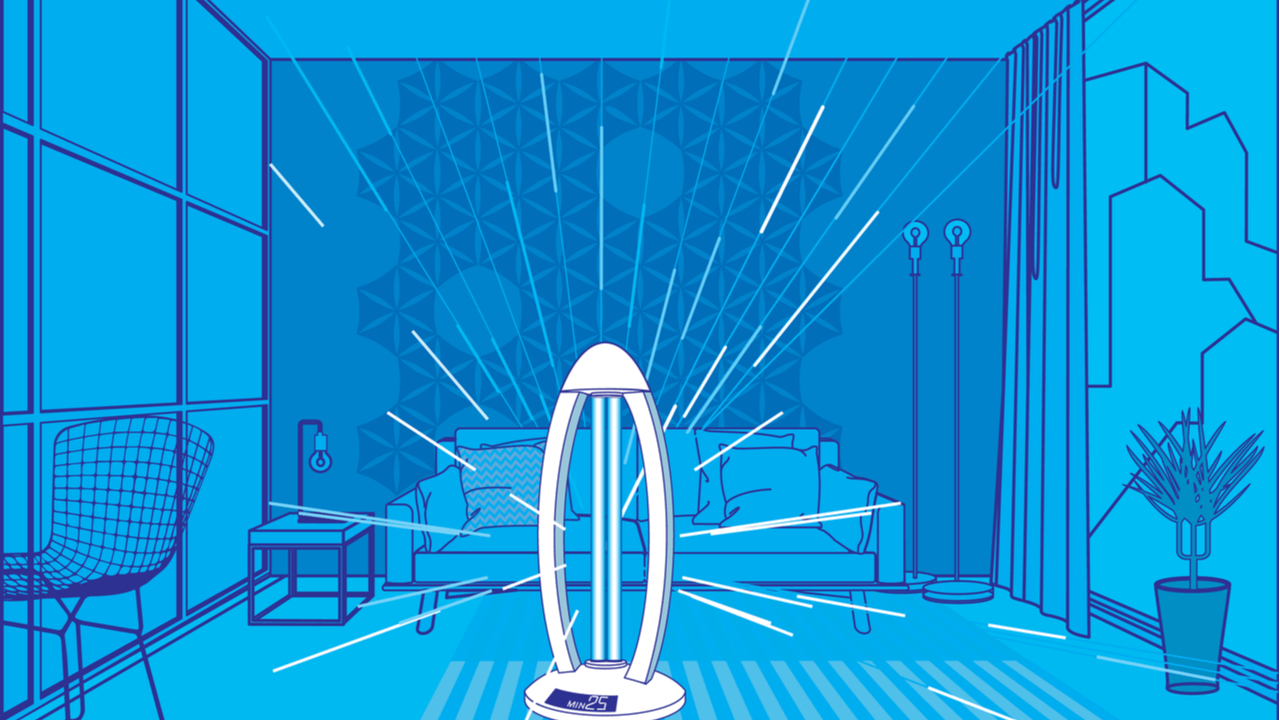
UV-C radiation is a known disinfectant for air, water, and nonporous surfaces. UV-C radiation has effectively been used for decades to reduce the spread of bacteria, such as
tuberculosis. For this reason, UV-C lamps are often called
“germicidal” lamps.

Rapid and complete inactivation of SARS-CoV-2 by ultraviolet-C irradiation
Ultraviolet (UV) irradiation is an extensively tested, widely used and effective no-contact method for inactivating viral pathogens. There are three types of UV, including UV-A (315–400 nm), UV-B (280–315 nm) and UV-C (100–280 nm), of which UV-C is most commonly employed in germicidal applications.
At a wavelength of 254 nm, viral inactivation can be attributed to direct UV-C light absorption and photochemical damage to nucleic acid, leading to the disruption of viral replication. Despite its wide use, limited data exists on the effectiveness of UV-C on inactivating wet and dried SARS-CoV-2 on contaminated surfaces. In particular, the efficacy of UV-C for inactivating SARS-CoV-2 in fluids needs to be determined, as the UV absorbance characteristics of fluid constituents may in fluence the dose required to achieve complete viral inactivation.
REFERENCE: Grffiths, A., 2020. Rapid And Complete Inactivation Of SARS-Cov-2 By Ultraviolet-C Irradiation. [Article] Boston University, Boston.



